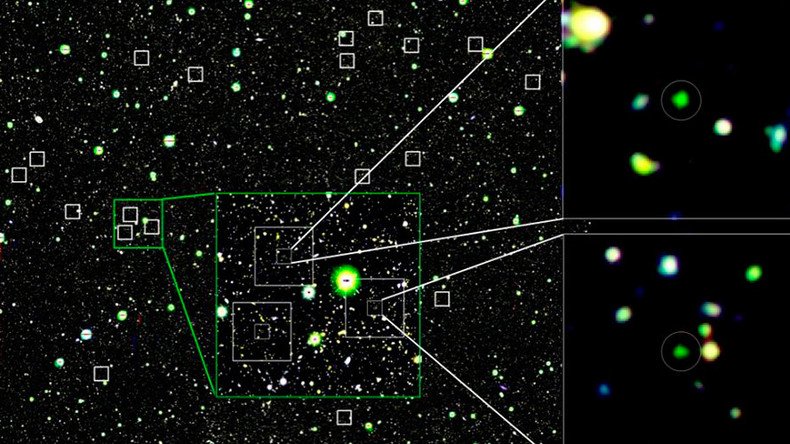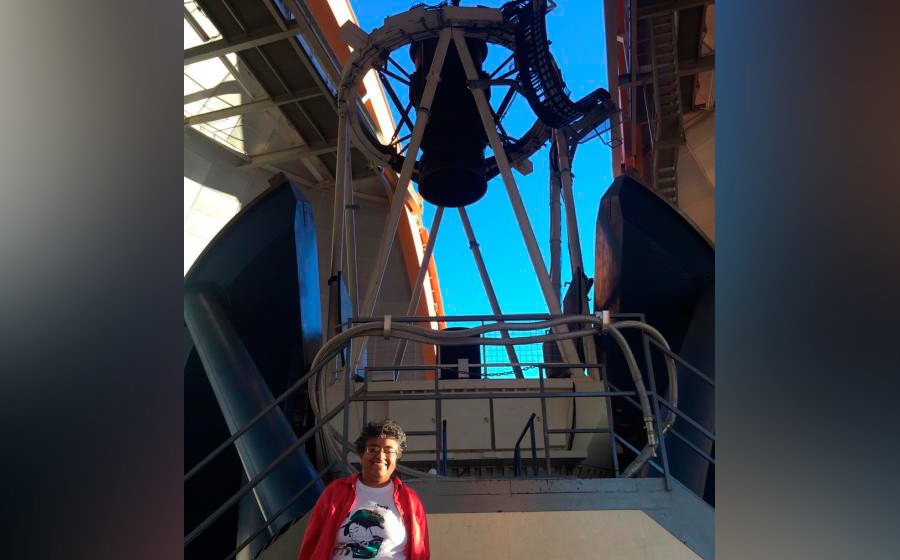Let there be light! Astronomers move closer to first glimpse at universe’s ‘cosmic dawn’

A powerful Dark Energy Camera has allowed scientists to peer billions of years into the past to examine the first signs of light in the universe.
The DECam, as it is known, has contributed to the discovery of 23 young galaxies and even allows astronomers to see them as they were 800 million years after the Big Bang.
The discoveries have been a major boost for researchers from the US, Chile and China as they bid to picture the ‘cosmic dawn’, the time at which the appearance of galaxies and stars marked a dramatic lighting up of the universe after its dark early years – a process known, scientifically, as ‘re-ionization.
READ MORE: Sun’s core rotating 4 times faster than surface
“Before re-ionization, these galaxies were very hard to see, because their light is scattered by gas between galaxies, like a car's headlights in fog,” said Sangeeta Malhotra, an astronomer at Arizona State University and one of the lead researchers.
“As enough galaxies turn on and 'burn off the fog', they become easier to see. By doing so, they help provide a diagnostic to see how much of the 'fog' remains at any time in the early universe.”

The instrument, which is one of the most powerful in the field of astronomy, is installed at the National Optical Astronomy Observatory in northern Chile, at an altitude of 7,200ft (2,200 meters).
“Our findings in this survey imply that a large fraction of the first galaxies that ionized and illuminated the universe formed early, less than 800 million years after the Big Bang,” said Junxian Wang, a co-author on the study.
NASA's mission to Saturn: scientists to rethink their understanding of magnetic fields https://t.co/buJ4kOIw0fpic.twitter.com/vAOKKV1Qxi
— RT (@RT_com) July 26, 2017
The galaxy search is part of the Lyman Alpha Galaxies in the Epoch of Reionization project (LAGER). “[The project] is the largest uniformly selected sample that goes far enough back in the history of the universe to reach cosmic dawn,” the researchers said in a press release.
READ MORE: From ice to fire: Study dismantles theory that other planets have ingredients for life
“The combination of large survey size and sensitivity of this survey enables us to study galaxies that are common but faint, as well as those that are bright but rare, at this early stage in the universe,” Malhotra said.
The astronomers say they plan continue to their work by expanding the search to a wider swathe of the universe.
The results of the research so far were recently published in the Astrophysical Journal.












